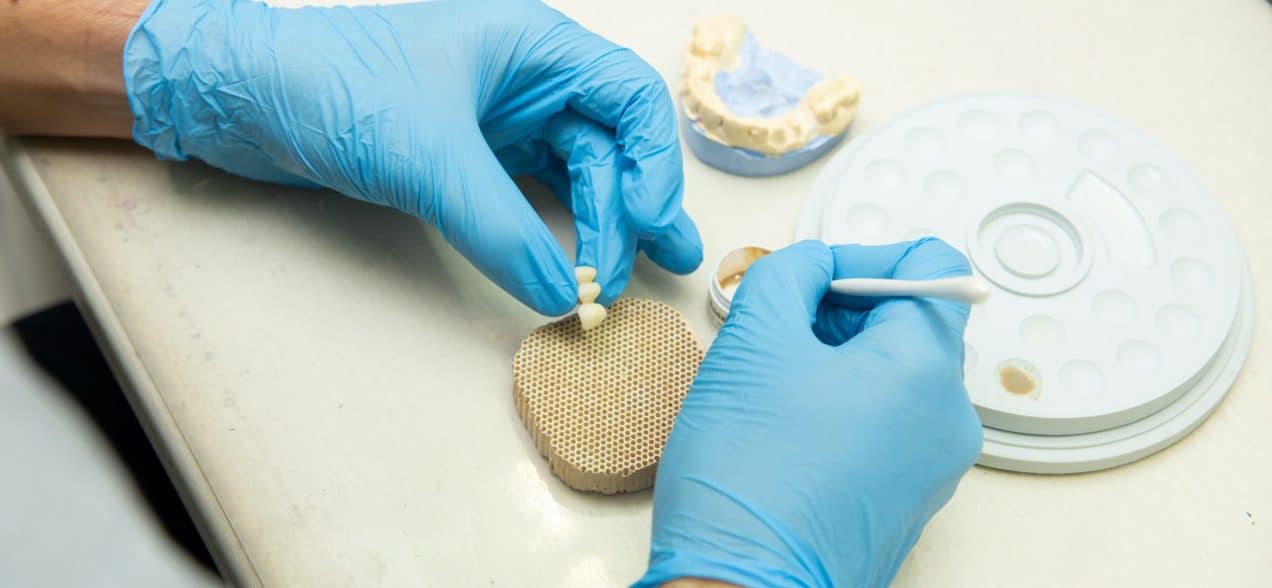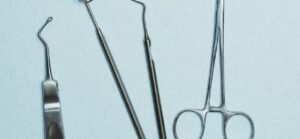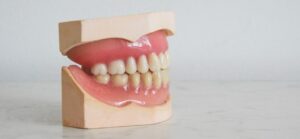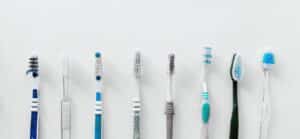
For anyone who’s lost a few teeth, dental bridges are the ideal solution. They restore a beautiful smile without having to use full dentures and are so original looking that others can’t tell they aren’t the wearer’s natural teeth.
Bridges are dental appliances that are used to replace one or more missing teeth. In order to ensure a perfect fit and proper alignment, each dental bridge is individually custom made. The custom crafted nature of a bridge ensures that it won’t noticeable to most people. They are also extremely comfortable, restoring the natural line of the face and the contours of your teeth. Wearing a bridge also ensures that you have a proper bite so that eating isn’t affected after you lose a tooth or teeth.
Another term for dental bridges is “fixed partial dentures,” which is a fairly accurate description; they are semi-permanent and are usually fixed to the existing teeth. Removable bridges, which fit snugly over the remaining teeth or implants on either side of the bridges’ false teeth, are easily removable. In some instances an individual may have to wear a bridge that’s more permanent that needs to be removed by a dentist. One example of a fixed bridge is an implant bridge, which is attached to the bone beneath the gums.
What Are Bridges Made of?
Bridges generally consist of two crowns that fit over the teeth on either side of the gap being repaired with the false teeth in the middle. The false teeth are referred to as “pontics,” and may be made from several different materials. The most common are porcelain, gold, alloys or some combination of these materials.
Where and How Do You Get Dental Bridges?
You’ll need to make a few appointments with your dentist to get a dental bridge made and properly fitted for your mouth. During the initial visit, the teeth on either side of the gap will be prepared. They will be recontoured by taking off some of the enamal so that crowns can easily fit over them. Impressions of your teeth will become a model for the size and appearance of the false teeth. The impressions will usually be sent to a specialized dental laboratory where the bridge will be crafted. While waiting for this permanent bridge, your dentist will provide you with a temporary bridge to protect your other teeth and the exposed gumline.
When your permanent bridge is ready, your temporary one will be removed and the new one will be put in place. Your dentist will probably need to make some minor adjustments to ensure a good fit. He’ll also check to make sure there are no rough edges or loose areas that could irritate your gums. In most cases, you’ll need a follow up appointment in a few weeks to check the fit and make any minor “tweaks” that are needed.
Bridges can restore appearances, make eating and drinking easier, and protect your teeth and gums from further deterioration. To ensure proper fit and an attractive, natural look, be sure the dentist you see is experienced with bridges.
For more information, please contact us at Big Smile Dental. We would be pleased to schedule a consultation.






